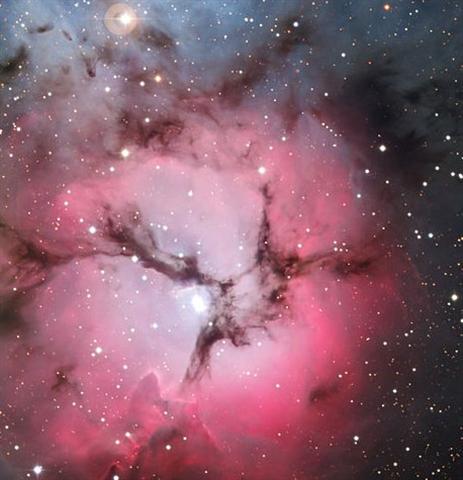4. The updated glyph sequence will still have Nash (γ) as the first Sagittarius star, but we can now add Polis (μ) 2 glyphs later:
"γ, 3.1, yellow. Al Nasl, the Point, is Al Tizini's word designating this as marking the head of the Arrow; but Hyde cited Zujj al Nushshābah of similar meaning. The Borgian globe termed it Al Wazl, the Junction, indicating the spot where the arrow, bow, and hand of the Archer meet." The name Polis (for μ) originates (says Allen) from the Copts for whom the Kaus stars indicated a foal (polis). The Junction (Al Wazl) could very well, I think, refer to the junction between one lunar synodic year (ending in day 354 = 12 * 29½) and the next such year. Notably the 18h line also occurs here. And we should remember the 'Central Mountain' (ο Herculis):
中山
... In rongorongo a mountain (mauga) type of glyph probably indicates that darkness has fallen (because the luminary in the sky has gone down, is hidden behind the mountains in the west). At the time of G this 'mountain in the middle' (Zhōngshān) rose heliacally nearly exactly at the 18h line .... Furthermore, also the solstice - which possibly was thought to have a duration for more than 1 day - could have influenced the idea of 'junction': "They [μ¹ and μ², in order to simplify I do not distinguish between such stars] mark the point of the winter solstice two thirds of the way southward towards, and in line with, the cluster N.G.C. 6523, 8 M., visible to the naked eye, with other noticeable clusters and nebulae close by. One of these, N.G.C. 6603, 24 M., towards the northeast, is Secchi's Delle Caustiche, from its peculiar arrangement of curves, while the celebrated Trifid Nebula, N.G.C. 6514, 20 M., lies not far off to the south-west. This was discovered in 1764, and so named from its three dark rifts; it is now specially noted from a suspected recent change in its position with regard to a star in one of these rifts ..." (Allen) In the picture below of the Trifid Nebula we can perceive also a 4th rift, though as if in shadow.
I think the creator of the Messier (M.) catalogue knew the value of symbolic meanings of numbers - it is hardly a coincidence to find not only 8 but also 24 and 20 for the clusters at the solstice. I also guess the creator of the G text could have been aware of the locations of at least 8 M. and 20 M.:
(Lagoon, 8 M.) |



